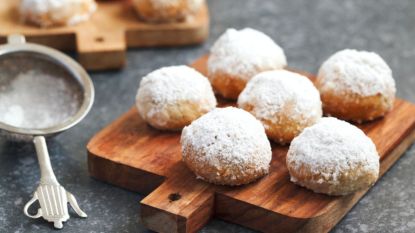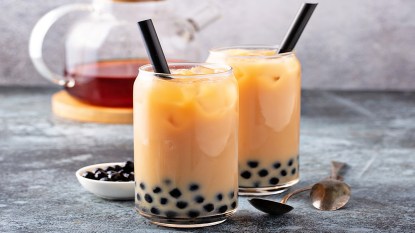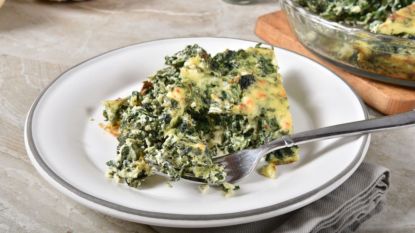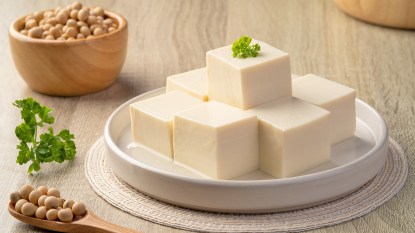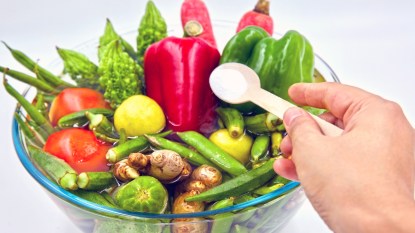Could Japanese Mayonnaise Be Your New Favorite Condiment? (It’s Ours!)
Even if you don’t love mayo you might like it!
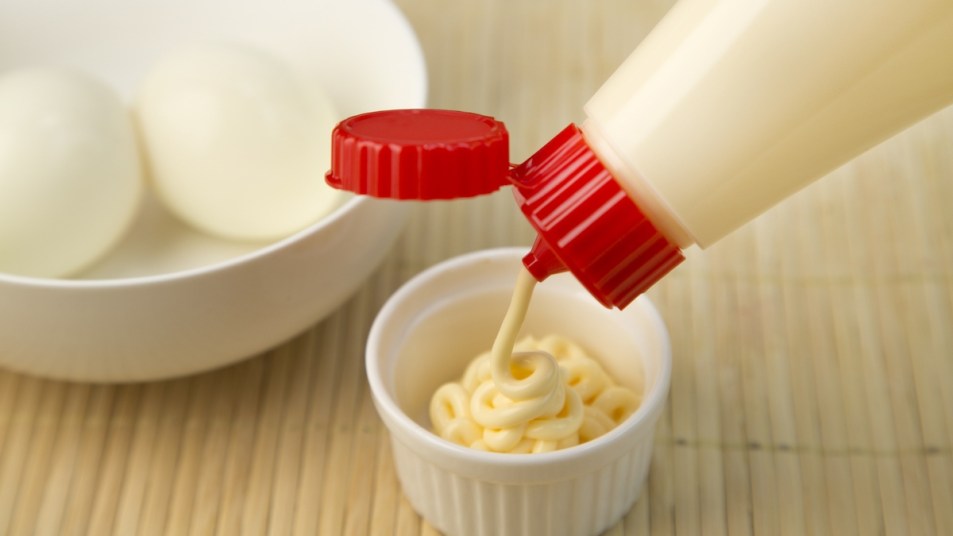
Mayonnaise is a controversial condiment. You either love it or hate it. Those who love it say it brings a sandwich together and adds tangy creaminess. Those who hate it say it’s taste is sour and its texture is off-putting. Nonetheless, mayo perseveres as a crucial component in dishes like BLTs and tuna salads, and appears in a variety of cooking hacks for everything from cakes to grilled cheese.
Given its prevalence in school lunches and our favorite comfort foods, we typically think of mayonnaise as an American spread, with Hellman’s the first brand that comes to mind. Lately, however, there’s a new kid on the mayo block: Japanese mayonnaise is a variation on the American version with its own unique history and flavor profile, and its becoming increasingly popular among chefs and foodies alike. Here’s the scoop on what might soon be your new favorite spread.
What is the history of Japanese mayo?
Japanese mayo has been around for nearly a hundred years. The first Japanese mayo (which is still the most popular) is made by Kewpie, a brand known for its cute Kewpie doll logo. According to Kewpie’s website, the brand’s founder, Toichiro Nakashima, fell in love with mayonnaise when he visited the UK and the US in the 1910s. In 1925, he launched Kewpie mayonnaise with the goal of “help[ing] improve the physiques and health of Japanese people by making delicious, nutritious mayonnaise so widely available that it becomes a daily necessity.” Like American mayonnaise, Kewpie isn’t particularly nutritious — Kewpie and Hellman’s have similar calorie and fat counts — and it’s best used in moderation. (Some, like Bon Appétit‘s Mehreen Karim, disagree with the latter. She writes, “When mayonnaise is this good, you put it on everything.”)
For many years, Japanese mayo was only available in Japan, and was so popular that visitors often smuggled bottles in their luggage. These days, you can easily find Kewpie mayo online, in select supermarkets, and at Asian grocery stores. The popularity of Kewpie is such that in 2017, the brand introduced a made in the US formulation that replaced the MSG used in the Japanese original with yeast extract. Kewpie has something of a cult following in the US, with many of its proponents saying it’s worth seeking out the traditional Japanese version over the American one. All in all, Japanese mayo is definitely becoming more mainstream — it’s even gone viral on TikTok.
How is Japanese mayo different from American mayo?
The key difference between Japanese and American mayo is the eggs. American mayonnaise uses whole eggs, while Japanese mayonnaise uses only the egg yolks. There are four yolks per bottle, and using just the yolk, rather than the whole egg, gives Japanese mayo its distinctively rich texture and yellowish color. Kewpie also uses a mix of different vinegars, rather than just the white vinegar found in Hellman’s. As mentioned above, the original Japanese mayo includes MSG (monosodium glutamate), an ingredient that many Americans avoid. However, according to nutritionists, “There is no good research to back up the notion that MSG is bad for you,” and MSG’s bad rap in the US is unfortunately largely rooted in anti-Asian discrimination. The MSG in Japanese mayo is part of what gives it its distinctive taste — Japanese mayo is typically considered more bold, savory, and creamy than its American counterpart, and as a bonus, it comes in a fun-to-use squeeze bottle. You can buy Kewpie mayonnaise online in both its Japanese (Buy from Amazon, $6.49) and MSG-free American (Buy from Amazon, $7.25) versions.
How do you use Japanese mayo?
Japanese mayo can be used in the same ways you’d use American mayo. Kewpie’s website boasts a number of recipes, including a tuna mayo sushi sandwich, potato mayo gratin, baked salmon with mayo, and mushroom mayo sauté. My personal preference is using Japanese mayo in a sushi bake, which combines sushi flavor with casserole construction. (Sounds odd; tastes delicious.) It also works well as a dip for fried chicken and french fries.
A Simple Japanese Mayo Recipe: Japanese-style Egg Salad
Here’s a quick recipe for a Japanese take on a classic American dish, adapted from the cooking blog Low Carbing Asian.
Ingredients (Serves 4):
- 8 hard boiled eggs
- 4 tablespoons minced Persian or Japanese cucumber (about ¼ cucumber total)
- 4 slices deli ham or turkey
- 8 tablespoons Kewpie mayo
- ½ teaspoon salt
- ½ teaspoon black pepper
- 2 stalks green onion
Instructions:
- Hard boil eggs.
- Mince cucumber. Set aside.
- Mince ham or turkey. Set aside.
- In mixing bowl, smash eggs into fine pieces with fork. Add cucumber, deli meat, Kewpie mayo, salt, and pepper. Mix well and transfer to serving bowl.
- Finely chop green onions and sprinkle on top of egg salad.
This Japanese egg salad is just right for an easy lunch. Don’t be afraid to have fun with your Japanese mayo — once you try it, you just might start choosing it over the American stuff.





